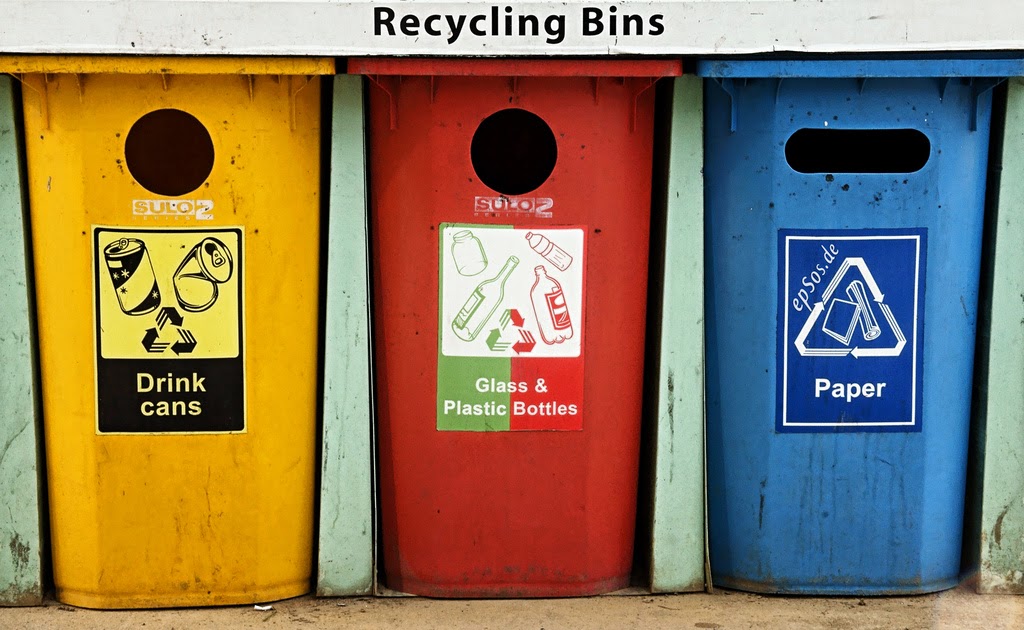
When I was recently visiting my family in San Diego, we went to our favorite local lunch spot. After enjoying our meal, my Berkeley instincts had me sorting our waste: the Styrofoam to landfill, aluminum foil and plastic utensils to recycling, and food scraps to compost. But when I headed to toss them away, I realized the only option for disposal was the trash bin. A couple of years ago I wouldn’t have noticed, but living in the Bay Area has changed my relationship with trash and taught me about its many intertwined issues—energy, land use, water, agriculture, ecology, trade, development, and environmental justice—to name a few. While many of those are not necessarily in our control as individuals, one thing we may be able to affect is how much trash we do produce and where it ends up.
After reducing waste altogether by reusing existing materials and buying products with less packaging, properly sorting out particularly the compost from your trash can have a major impact. According to the EPA, 95 percent of food waste in the U.S that could otherwise be composted ends up in landfills. When those organic products end up in the landfill, they take up limited space and also produce methane gas emissions, contributing to global warming. That trashed material can really be another’s treasure when compost processed at industrial centers, like that of San Francisco’s waste hauler Recology, is then used by local organic farms and vineyards as nutrient-rich fertilizer.
Many of us don’t have a backyard to compost in ourselves, but thankfully Bay Area waste haulers make it easy. Many cities, like Berkeley, provide free compost pails to use in the kitchen, and landlords are now required to provide compost and recycling collection for multi-unit buildings of 5 or more units.
At my last workplace I volunteered with an employee environmental group and one of our main initiatives focused on waste diversion away from landfill. Here are some quick tips I learned to help with the nitty gritty of waste sorting:
- Tetra Pak and other aseptic packaging (juice boxes, soup containers, etc) – While this packaging has revolutionized the food and shipping industry by allowing for durable, safer and lighter packaging of liquids, unfortunately these containers belong in the landfill in most municipalities (such as SF). The packaging is made of mixed materials, primarily paper and plastic, which can’t easily be separated.
- Food-stained paper plates, pizza boxes and coffee cups – Paper products stained with food remains or grease should be composted, not recycled or thrown in the trash. The exception is if the container is of mixed material, such as paper bags with plastic film on them. If you can tear the packaging easily, you can compost it because it is likely made with a film of wax paper rather than of plastic.
- “Plant-based,” “Bio-degradable,” or “bio-based” labeled products – Unfortunately there is a lot of “green-washing” in the food container/utensil business. Some companies label products as “eco-friendly” to make consumers believe they are good for the environment, however, these products are not necessarily compostable. A bioplastic container or utensil must be labeled “compostable” by a certifying organization that can guarantee it will break down in an industrial facility within a specific time frame, otherwise it belongs in the landfill. The “biodegradable” label usually is applied to containers made with both plant-based and plastic materials, making them nearly impossible to either recycle or compost.
In case you are still looking for New Year’s resolutions, join me in pledging to properly sort trash, or better yet, find ways to reuse it. More than anything, let’s commit to being more conscious about not letting things go to waste.
Header image: epSos .de